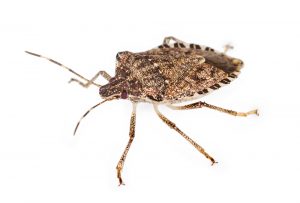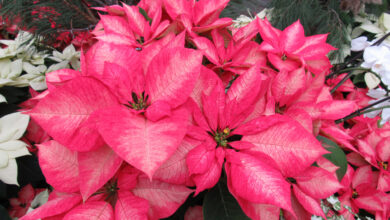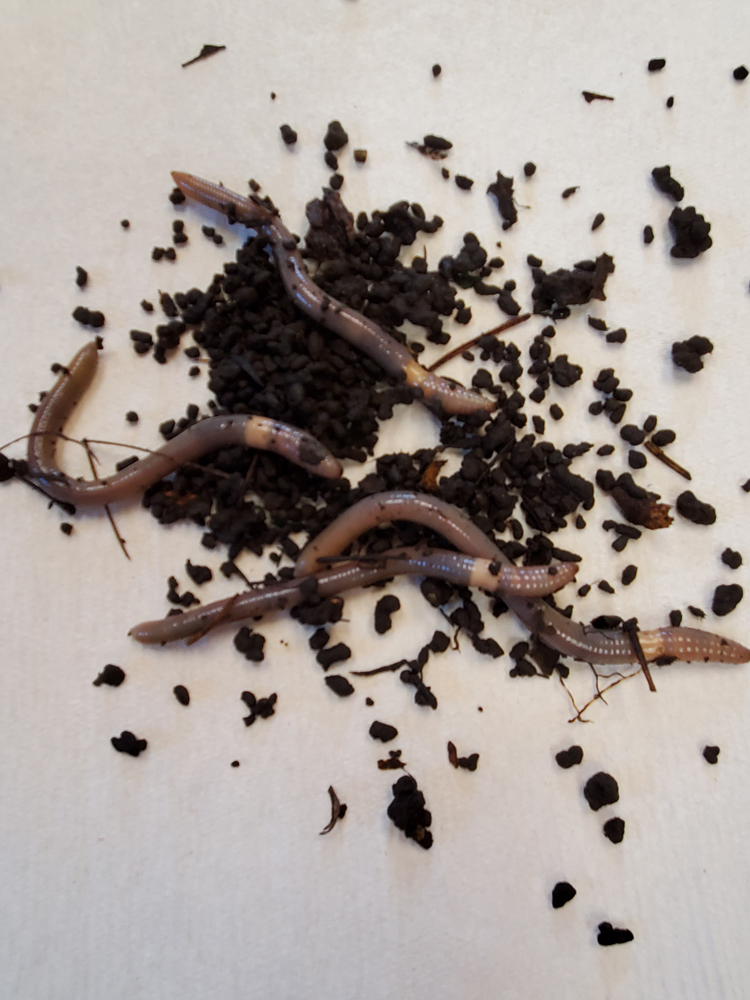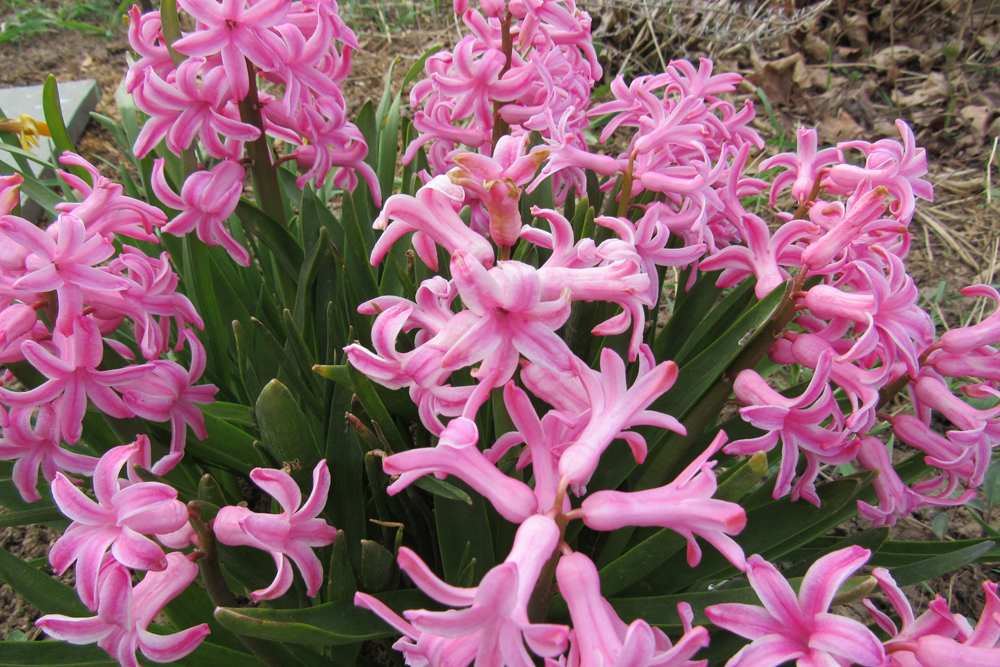Fall Invaders

It’s an annual occurrence – the invasion of our homes every autumn by insects looking for a place to snuggle in, stay warm, and survive the winter. On warm and sunny autumn days they can cover the south and west sides of a house, crawling upwards until they find a crevice where they can sleep. Often times these insects make it into our homes via windows, eaves, soffits, and other openings.
The biggest offenders are probably very familiar to you: the boxelder bug, the brown marmorated stink bug, the western confer seed bug, and the Asian lady beetle.
Boxelder bugs have an elliptical shape with long thin legs. They have distinctive black and red markings. Boxelders are not garden pests, but they can be a nuisance when large numbers of them show up on your windowsills or in your attic during the winter.
The brown marmorated stink bug is an agricultural pest that has a pentagonal shape with long and thin hind legs. Its color is mottled brown, tan and white. Stink bugs warmed by your inside environment often fly towards light with an annoying buzz.
The western conifer seed bug is elliptical in shape and is colored like the brown marmorated stink bug, but has flat and broadened legs. The difference in leg shape can help you to identify which is which. If you have conifer trees near your home which produce cones, you might see the conifer seed bug crawling on your windows and siding in the fall.
For the most part, these bugs do not do damage to your home, nor do they spread disease, but handle them with caution. They have a piercing sucking mouthpart and are capable of using it in self-defense. They do not reproduce during the winter and are mostly a nuisance. In large numbers, they can stain furniture through external secretions.
Not to be left out is the Asian lady beetle. They eat aphids and other pest insects in the garden during the summer, but they gather in large numbers in the fall on the sides of buildings in order to find a winter home. These beetles can bite, but do not spread disease. Additionally, they emit defensive secretions that have a slight odor. These secretions can stain fabrics and in rare cases have caused allergic reactions.
During the winter, insects that want to share your home are in diapause, an extended period of inactivity during which they do not reproduce and eat little or nothing. If outside, they would likely spend winter beneath bark. Homes and other buildings are attractive because the warmer and drier they are, the better their chances for survival.
To keep them out of your home, look for outside gaps that are large enough for insects to enter and cover with wire mesh or caulk. Look around window air conditioning units for gaps which need to be covered. Keep windows closed when insects are swarming outside your home. A strong force of water can be used to knock them off exterior walls.
If you have been invaded, Michigan State University Extension says it is not recommended to apply insecticides to overwintering insects already in your home. The chemicals will only kill insects that make direct contact and will not prevent additional insects from finding their way inside.
A collection trap for stink bugs and boxelder bugs can be made by shining a light over a foil pan containing unscented dish soap and water. The insects are attracted to the light, fall in and drown. The bugs can also be vacuumed with a shop-vac. Handpicking can be done throughout the winter when warm winter days bring some of the insects out of diapause. For these smaller populations, knock them into a bucket of soapy water or vacuum up.





